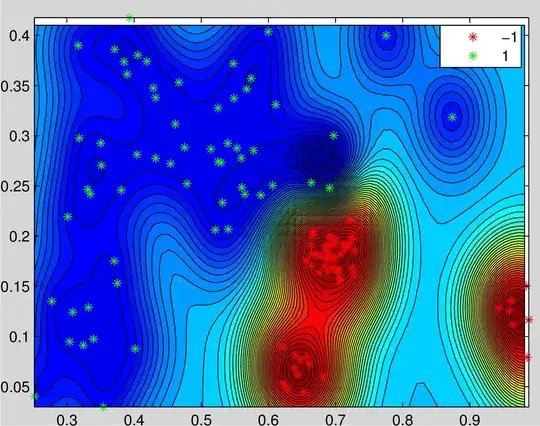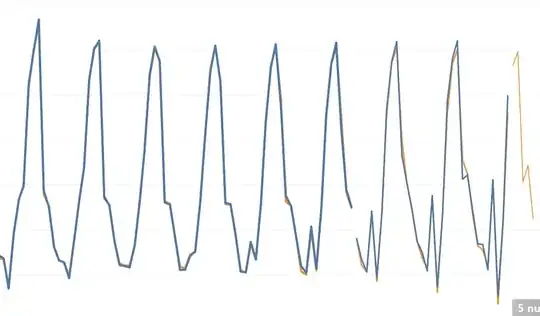I am trying to predict time series through decomposition, my time series is as follows,

As islamic calendars lag the gregorian calendar by 10 days after each year, so my seasonality is also changing, when I try to decompose time series through normal decomposition, constant seasonality pattern comes, although this is contrary to what should have been.
For example in this case seasonality is always constant, What should be the way of solving this problem.
The things that i have come across and after thinking myself is: 1)use decomposition on each year(or Two years), separately, i am confused that how would i include future with this kind of task, as i donot know future. 2) Instead of dealing separately Seasonaity and residues, use predictors to catch this sifting seasonality.
